
Ashley Cook
October 5, 2020
I keep considering the wild, natural world as a basis for what is possible.
After all, we are nature, aren’t we?
And despite us modern, futurist human beings believing that we are far more advanced than all else that is natural, with our tall cities, our fast cars, our holograms, are we not still very much driven by our animal instincts, our animal emotions, that come into us like a magnetic pull, or explode out of us like a hurricane or tornado? Experiencing moments which, only after, we are able to analyze in an attempt to comprehend what went on? After those uncontrolled and seemingly unconscious moments of joy, pain, anger, pleasure..., in explanation, we can only truly make sense of it by saying it was our animal…
It can be interesting to examine a certain complex that seems to mark the tone for the 21st century of Modern humankind; this complex, and it’s contradictions, occur from the experience of existing in a body that is between an “animal” and a “human”. By recognizing the constant interplay between these two states, which can be abruptly broken, or fluidly linked, we can attempt to communicate our experiences as “modern” humans in the modern world, and unpack its profound impact on our understanding of mental health, gender, race, class, nature, species...and machine.
It may be valid to identify the seed of this complex to be the idea that there is a separation between mind and body. This idea entered into philosophical thought and the practices of psychology around 1633 with the publishing of Descartes’ Treatise of Man. Descartes introduced to the world the process of thought that directly inspired writers of The Matrix; the thought which questions the reality of everything around us, including the reliability of our senses, or the very existence of our own bodies. The only thing he claims to know for sure is that he thinks; “I think, therefore I am”. To elaborate on this thought, Descartes laid out an idea for a new concept of “human” that “consists of two ingredients”, a body and a thinking soul. “I supposed the body to be nothing but a statue or machine made of earth”, 1 proceeding to explain how the functioning of these bodies are purely mechanical, elaborating about this machines’ “digestion of food, the beating of the heart and arteries, the nourishment and growth of limbs, respiration, waking and sleeping, the reception by the external sense, organs of light, sounds, smells, tastes, heat and other such qualities’”. 2 Through this, Descartes reinstated the idea that “it is not necessary to conceive of this machine as having any vegetative or sensitive soul or other principles of movement and life, apart from its blood and its spirits, which are agitated by the heat of the fire burning continuously in its heart - a fire which has the same nature as all fires that occur in inanimate bodies’”. 3 This theory has proven to be problematic as it never fully resolved its perspective on the way that these two “separate” ingredients, the mind and body, interacted with each other to create the human experience.
Regardless of this gap in the theory, it persisted in providing a framework for modern humans, as well as their scientific and social practices, to distinguish themselves from all else that is natural as well as dictate on conditional terms, as proven time and time again throughout history, what it even means to be “human”. The establishment of the concept of the “beast machine” in Discourse on Method (1637) established an understanding of animals as being solely programmed machines that are unable to think for themselves, in relation to humans, who were machines as well, but are also equipped with a soul, giving them the ability to reason and produce “true speech”. This, in turn, perpetuated new types of dualisms separating “nature” and “culture”, as well as “subject” and “object”, within science and other practices of the modern-Western world.
Descartes further established this theoretical perspective with a focus on language, claiming that “the central property of humans as distinct from other organisms was a kind of creative capacity, which manifested itself most clearly and centrally in language”. 4 According to this theory, reason and rationality, which is a uniquely human trait, is generated through the freedom and randomness of a conceptual path in a way that appropriately responds to the exterior circumstances at play, but is not caused by anything outside of the individuals mind or intellect. 5 It is the capacity to reconsider what our senses are telling us in an effort to think, reason, negotiate, have philosophical discussions, and to derive infinite possibilities from a finite amount of factors, expressing those possibilities through spoken language.
The Romantics of the late 1700’s formally presented a reaction against this rationalism, openly questioning and challenging the assumption that human nature was fully rooted in rationalism by highlighting “irrational” motivations that are so distinct and present in human nature, particularly emotions.6 While also being wary of industrial development and urbanization, the artists, philosophers and writers of Romanticism denounced any absolute investment in science and technology, identifying them as tools that would separate us from nature. They believed that while they enable us to see and do more, they deprive us of a more natural sensory experience, as they intervene between us and the physical world. When Futurism arrived on the scene, it forcefully ushered out of town Romanticism’s concerns about technology in order to establish its own assumed position in regards to reason and rationality, which basically involved a complete scrapping of reason and moral responsibility in the name of invention and modern progress of “humans” in domination over “nature”. Reflecting on this movement, it may be safe to say, though, that Futurism took some things from Descartes, took some things from the Romantics, and left out many things, in order to create the world that we understand to be the modern Western world of Late-Capitalism today.
The Futurist Manifesto was written by F.T. Marinetti in 1909 as a proclamation of a new era of human history that plows through the boundaries of Romanticism and reason in celebration of absurdity and a ridding of moral responsibility that would impede on the development of the industrial world. The manifesto opened by painting a picture of a world where bodies, movement and communication is interchangeable amongst species and elements around us, describing his feelings and thoughts with animistic over-tones before announcing the plan for complete domination in the name of progress, emphasizing the beastliness of our nature, our inability to escape it, and proposes to instead fall in love with it, become it and fully embody it, proudly.
The rhetoric at play in this manifesto cannibalizes animistic techniques of mirroring, mimetics, referencing and adaptations as if inspired by pre-modern cultural garb, rituals, stories and ideologies, creating a broad space to successfully animate anything referenced as if it is also indeed a breathing, sensing, communicative beastly body. With descriptions like “the army of hostile stars glaring down at us from their celestial encampments...the bellies of locomotives...the old canal muttering its feeble prayers...the creaking bones of sickly palaces above their damp green beards...the famished roar of automobiles...the sun’s red sword...the car like corpse on its bier...the raging broom of madness swept us out of ourselves and drove us through the streets...like young lions, we ran after death.” 7 And amongst this freedom of being and becoming, there is a distinct sabotaging of these romantic notions over and over again, with contradictory statements like “mythology and the mystic ideal are defeated at last...we must shake the gates of life, test the bolts and hinges...let’s break out of the horrible shell of wisdom and throw ourselves like pride ripened fruit into the wide, contorted mouth of the wind!” 8 It is as if Marinetti himself belted his impassioned and unhinged howl at the moon before embarking on his journey to lead humanity, like the Pied Piper, fearlessly and shamelessly into the future.
The relevance of the contradictory interplay between the living and the lifeless, the ensouled and the soulless significantly contributes to our experiences and modes of interactions in contemporary times. What and who defines animal and what and who defines human? What and who defines object, what and who defines subject these days?
Descartes’ perspective on “animals” being machines without souls could have also very well laid the groundwork for the domination that the human species assumes over “nature”, a groundwork that would be required in order to support eras like the Industrial Revolution, and Futurism. It is likely that Marinetti was also inspired by Cartesian linguistics and the alleged ability of humans to generate an infinite amount of ideas from a finite amount of factors. In an effort to forcefully catapult Italy from its heavy antiquity into the future, Marinetti’s Futurist Manifesto turns the passion of our thoughts, our ideas and our bodies into machines themselves, however a major difference between Descartes and Marinetti is the adherence to reason and rationality as a basis for action, or in-action.
Marinetti encouraged a pushing of the limits of what is possible through the extirpation of reason in exchange for the absurd worship of technology, speed, and the incessant inventions that, together, they can produce. Eleven points lay out the intention behind this doctrine, with a focus on the “exaltation of aggressive action, a feverish insomnia, a racers stride”. 9 With a proclamation that there is no more beauty except in struggle, and that “poetry must be conceived as a violent attack on unknown forces”. 10 They pronounced a glorification of war as the world’s only hygiene, a scorn for women and a promise to destroy museums, libraries, academies in a fight against moralism and feminism, amongst other things. “It is from Italy that we launch through the world this violently upsetting incendiary manifesto of ours.” 11 Needless to say, these ideas formed a solid foundation for ideologies of Fascism that, shortly after, led to World War I and II.
And fast forward 111 years, to the societies of Late Capitalism and their absolute absurdities, fueled by the free markets of Neo-Liberalist ideologies that place capital above morals, human rights and rational reason. So how, in contemporary society, does our capacity to produce flexible, adaptable concepts and inventive language contribute to the quality of our species’ existence on Earth? It seems that at this point, the main goal of the species of modern human is to invent as many new products as possible, build as many new cities as we can, make more money, and gain more capital. We seem to have completely lost ourselves, like we’re just going going going non stop, without reflection of the self, our choices or actions. And what has it led to? Throwaway fashion, rebranding campaigns, hybrids of preexisting products, too many versions of Snickers Bars! Too many versions of Twix! Hot dog stuffed pizza crust? A taco where the shell is a giant chicken tender? Over 200 different flavors of Lay’s potato chips? Infinite different versions of things things things. Humans have the chance to invent new possibilities for all that is available over and over again, for what other reason but to satisfy our curiosity to think and venture far into abstraction, to continuously expand the possibilities of what can exist, particularly if these things will make money...
But when we start to zoom out and look at the broader picture, as if from an alien perspective, what we can see is that our species’ most prized and distinguishing ability, the ability to infinitely invent, seems to actually bring us closer to being part of nature now than we have possibly been in centuries, but in a different and more twisted way.
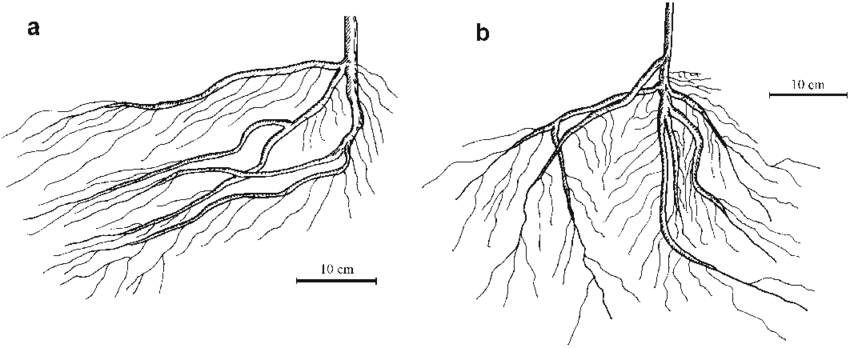
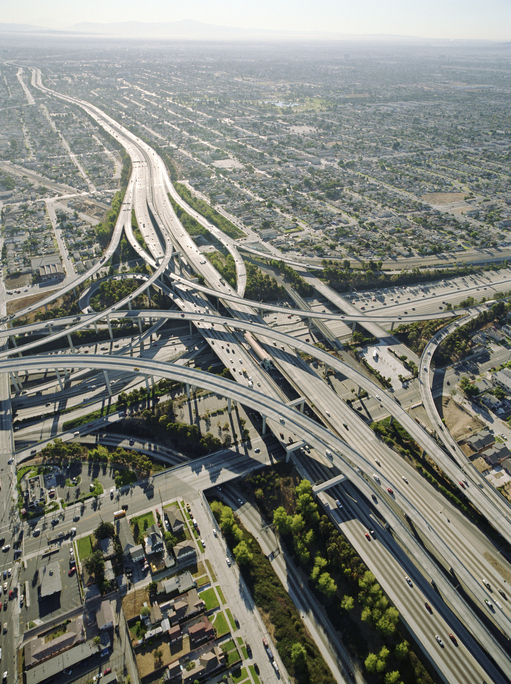
The dismissal of reason and rationality in the name of progress has led us down a path where we are responding to our more animal - machinic impulses, which, according to Descartes, consists of a kind of programming to just keep going without reflection, like termites destroying a tree to make a mound or wasps building a hive, we take over miles and miles of land all over the world to build cities and factories. Our roads span the land to connect us like root systems, our internet connecting us like a rhizome.


Like bees incessantly processing pollen to produce honey, we incessantly process oil to produce plastics and fuel. It is like Futurism severed our “human-ness” from our being and in turn, programmed us as beast machines to work day and night, before dying of exhaustion. By observing where the pushing of the limits of what is possible has taken us, we are now able to see, we are actually not accomplishing anything that cannot be found already in the natural world. And, even the most bizarre and innovative human inventions can be met with a shrug when compared with the inventions of nature.

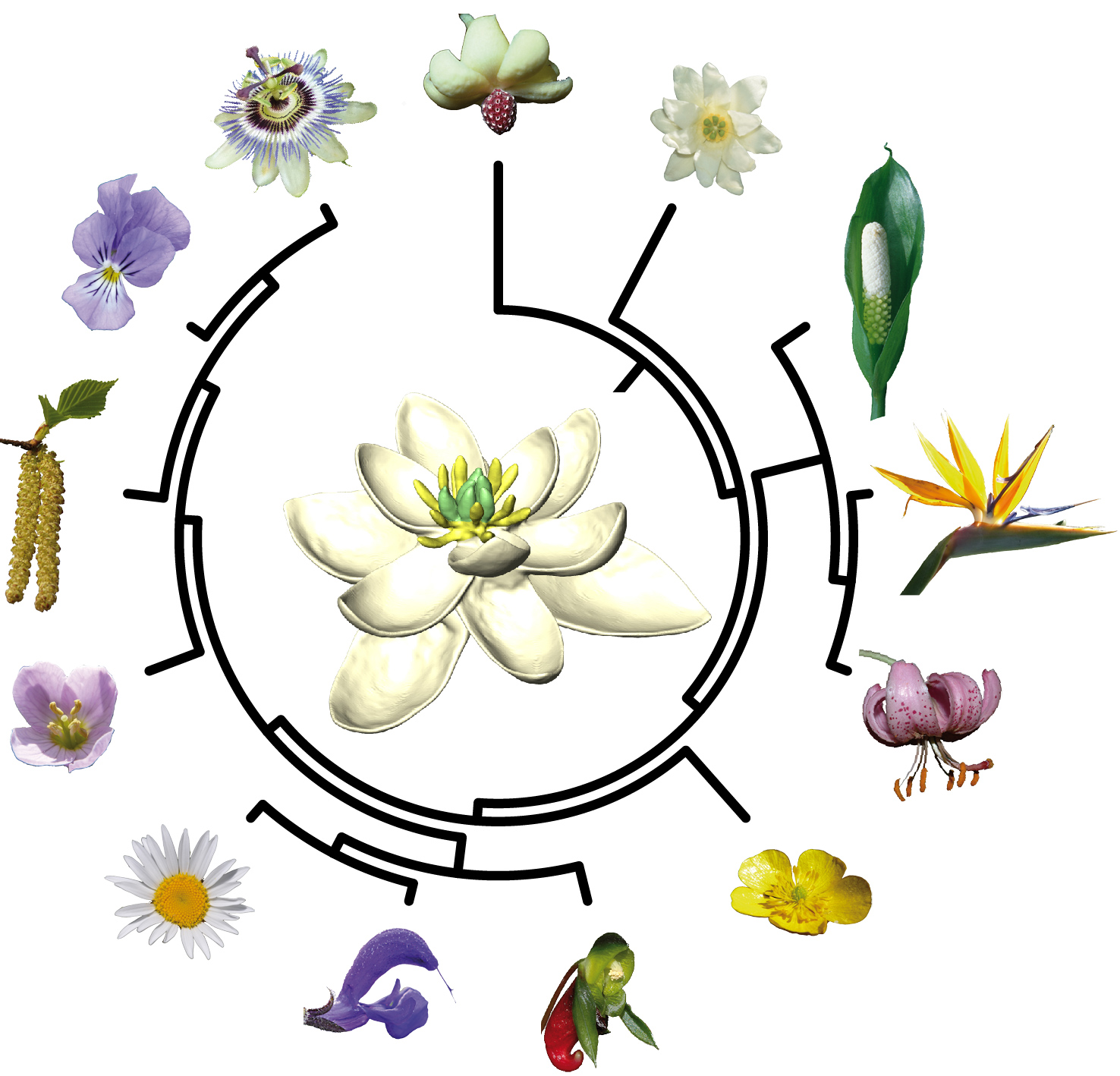
In fact, adult human beings have created a society that actually directly mimics and mirrors the phenomenon of nature, with production following similar laws, but instead of doing this work amongst nature and in harmony with it, we are creating a hyper-reality, a mirror image of nature itself, produced separately by humans, and existing almost entirely separately of nature.
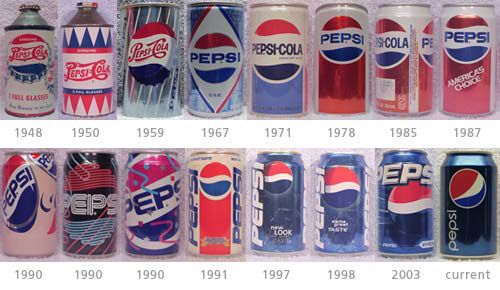
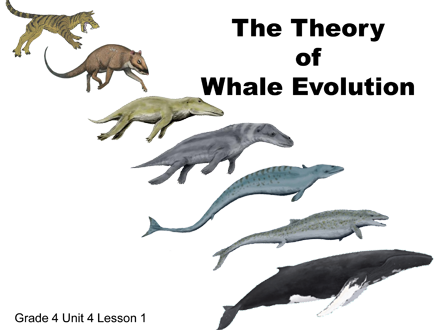
Theoretically, probably the most “natural” and “machinic” thing about us is our self-centered, persistent impulse, ability and willingness to interfere and dominate the spaces, habitats and lifestyles of just about any living thing, even our own kind, without concern. This is a behavior that results from a sustained lack of reflection on what we are doing, or the care to recognize ourselves as part of our surroundings, or our surroundings as part of us.
Our efforts of colonization, war, and industrialization span the entire globe at this point, and the Earth’s natural systems are quickly becoming irreversibly altered because of our human behaviors. And despite the absolutely insane magnitude of this problem, an era which we brought upon ourselves and which has been named The Anthropocene, it could be seen, in itself, as a natural, animal impulse to just not stop.

But, returning back to our “human capacities” to reason and have the choice between living in a way that mirrors a programmed mind, like swarms of bees or schools of fish, or attempting to resume autonomy over ourselves, our thoughts and our choices, what do we want to do? Do we want to strive to be better and more reflective and responsible as a species? What are we capable of anymore? Can we do better? Or is our animalistic, programmed beast machine tendencies too strong to surpass at this point? Are we so “herd” like that we cannot venture away? Must we simply and safely stick to our pack and repeat ourselves over and over into infinity? Have we become just a glitch in the natural operation of the world? A malfunction? A cancer? Perhaps we have reached the limits of our knowledge and cognitive capacities; afterall, everything has limits.
Reason is universal and can be applied to almost anything, but programming of machines is specific to certain purposes. Reason and rationality can allow us to resist programming. Without enough reason, we are nothing but machines. But, with too much reason, we are nothing but machines. Our human capacity to philosophize, conceptualize, and adapt has proven to be so vast that it feels very disappointing and even repulsive that what or who we “allow” to exist freely is so limited either in the name of reason, or in the absence of reason. All around the world we are stunting the autonomy of bodies, and ways those bodies live, in the name of capital and domination.
Is finding a balance between human “reason” and human “nature“ our newest feat? Many believe that the next step in advancing modern human culture is to find new ways to work together between races, cultures, genders, while others are proposing a dissolution of certain delineations altogether, in order to realize new capacities for being, becoming, interacting and creating. Perhaps we could also incorporate the realization that just because “animals” and other natural life doesn’t produce language in the same way we do does not mean that they do not think or have souls. Perhaps we can come to realize, and intimately accept, the beastliness of our own “human-nature” in an effort to more comprehensively understand our “self” in all of it’s complexities, as an animal-human-machine of the modern world.
1. G. Lokhorst, “Descartes and the Pineal Gland,” September 18, 2013, Link.
2. “Descartes and the Pineal Gland”
3. “Descartes and the Pineal Gland”
4. “Interpretation & Understanding: Language & Beyond,” video file, 1:01:41, YouTube, posted by Philosophy Overdose, March 25, 2014, Link.
5. “Interpretation & Understanding: Language & Beyond.
6. “Rationalism vs. Romanticism,” April 20, 2013, Link.
7. F.T. Marinetti, “The Founding and Manifesto of Futurism,”(1909), 289-294, Link.
8. “The Founding and Manifesto of Futurism”
9. “The Founding and Manifesto of Futurism”
10. “The Founding and Manifesto of Futurism”
11. “The Founding and Manifesto of Futurism”
12. Research Gate. “Salix Caprea Root System.” Retrieved October 4, 2020. Link.
13. PTG Enterprises. “The History of Asphalt Pavement.” Retrieved October 05, 2020. Link.
14.Flipboard. “Southern Yellow Jacket Wasps Cover Car Like a Blanket.” Retrieved October 05, 2020. Link.
15. Investment Course. “The 100 million city: Is 21st Century Urbanisation Out of Control?” 2018, April 06. Retrieved October 05, 2020. Link.
16. Tom Burkart. “Polestar Brings BTCC 850R Style to America! 2014 Volvo S60 and V60 Wagon -- Chicago Debut -- 4.7s to 60MPH -- Summer Arrival .“ 2019, February 18. Retrieved October 05, 2020. Link.
17. SCMP. “Scientists Show What the First Flower Looked Like.” 2018, July 20. Retrieved October 05, 2020. Link.
18. Piximus. “The Evolution Of Soft Drink Cans.” Retrieved October 05, 2020. Link.
19. NOAA. “Whale Evolution.” Retrieved October 5, 2020. Link.
20. Reddit. “A Massive Wasp Nest on a Child’s Car Seat.” Retrieved October 05, 2020. Link.